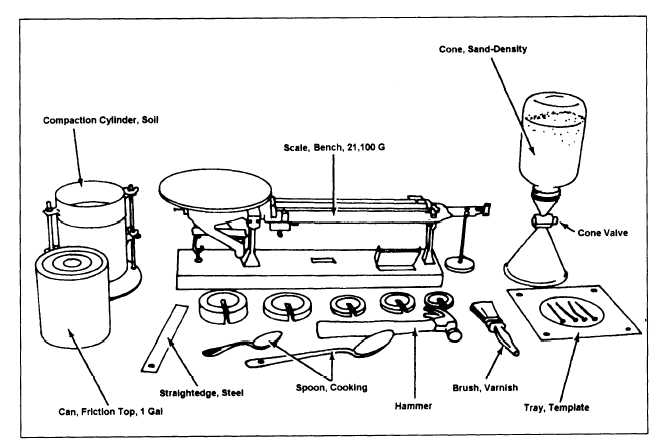Figure 13-4.—Sand-displacement method apparatus.
required that 98 percent of the maximum density be
not within the specified range, additional rolling may be
obtained through compaction. The maximum attainable
was 127.2 pcf; 98 percent of this is 124.7 pcf. The dotted
line is drawn at the 124.7 pcf level. Any moisture content
lying in the crosshatched area above this line would
produce the specified density for a given compactive
effort; therefore, the range of permissible moisture
content is from 9 to 13 percent.
DENSITY TESTS
From the preceding discussion, you know that
compaction testing is performed to determine the OMC
and the maximum density that can be obtained for a
given soil at a given compactive effort. You also know
that, using the maximum density, you can determine a
range of densities and moisture contents that will satisfy
the compaction requirements for a project. During the
construction of that project, however, a control must be
in place to measure whether or not the compaction
requirements have been met. That control is density
testing. If the results of the density test determine that
the compaction process has produced a density within
the range specified, then the compaction is complete. On
the other hand, if the test results reflect densities that are
necessary or the moisture content may have to be
adjusted.
Several different methods are used to determine the
in-place density of a soil; however, the methods that EAs
are most apt to use are the sand-displacement method
and the nuclear moisture-density meter method.
Sand-Displacement Method
A full discussion of the procedures used in the
sand-displacement method can be found in Test Method
for Pavement Subgrade, Subbase, and Base-Course
Material, MIL-STD-621A, and in NAVFAC MO-330.
This method, often called the sand-cone method, may
be used for both fine-grained and coarse-grained
materials. In general, the test consists of digging out a
sample of the material to be tested, using calibrated sand
to determine the volume of the hole from which the
sample was removed and to determine the dry unit
weight of the sample.
EQUIPMENT AND TOOLS.— The essential
equipment and tools that you
test are shown in figure 13-4.
will need to perform the
In addition to these, you
13-5

